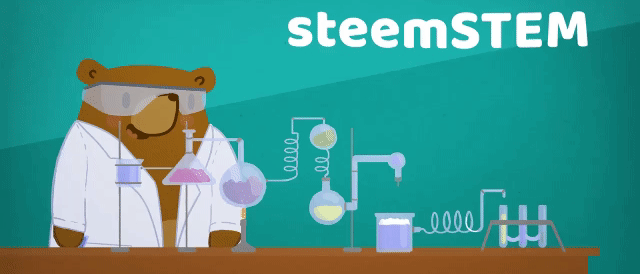-As reiterated by many biologists.
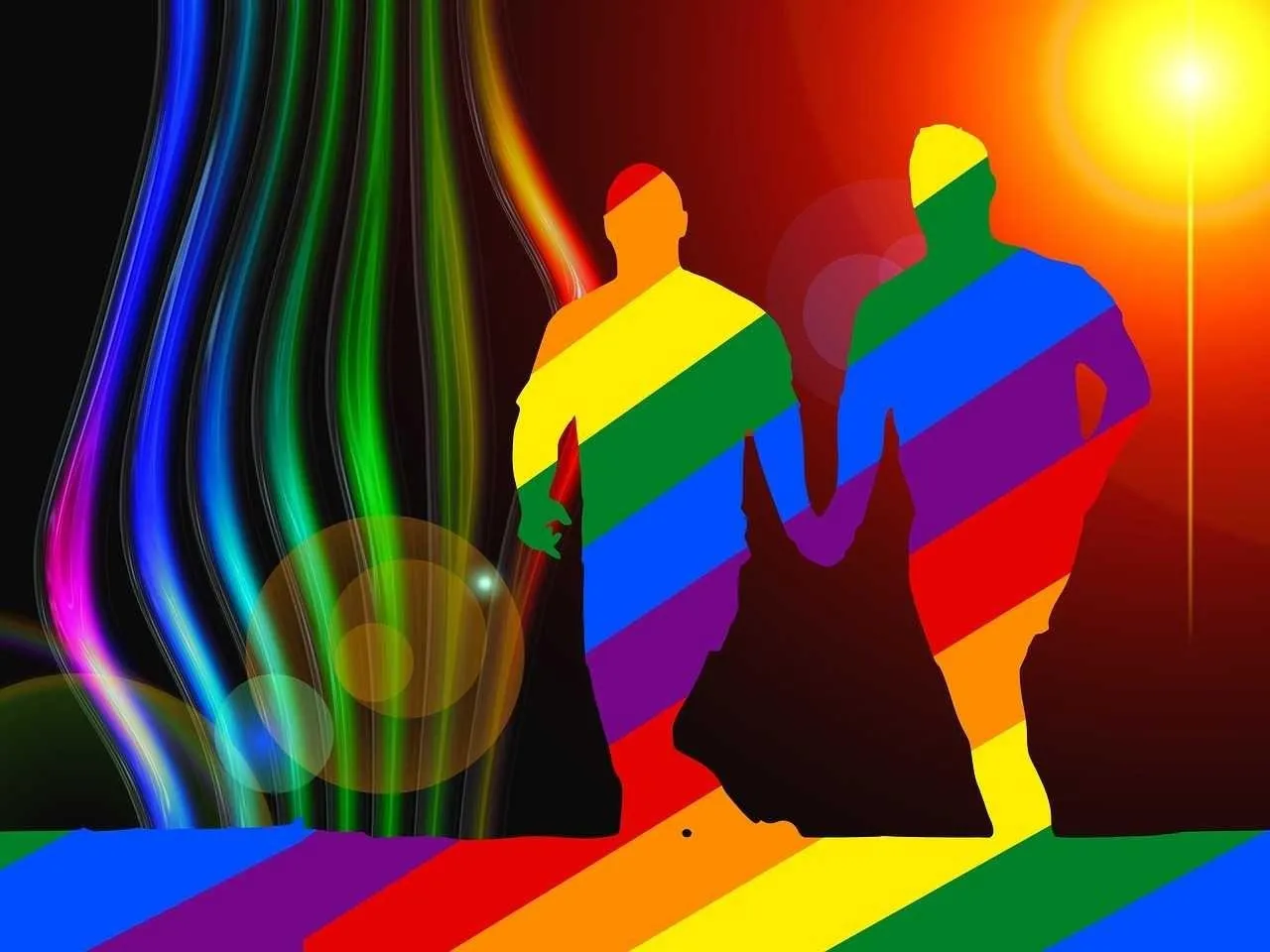
Image by geralt | CC0
The evolution doesn't care about strategies one uses to maximize his/her copies in next generation. All that matters, between life and death of any organism, be it a bacteria or a human, is their reproductive success. Now, it's all great until you have a mutation that increases your libido, or increases your lifespan(reproductive lifespan to be precise), or the litter size , as compared to other individuals of your species. But, what about factors that produces phenotypes, that reduce the chances of reproduction of an individual? Well over the course of evolution such biological factors, be it genetic or epigenetic should be eradicated from population? Right? No, not always. Well, evolution doesn't just work on individuals, it majorly works on populations. The reductionist approach is not going to work with evolutionary mechanism, so keep it aside and walk with me for rest of the article.
Previously on biological underpinnings of human sexuality
In Biological underpinnings of human sexuality(part 1), we discussed the biological factors that contribute to sexual orientation. We talked about how manipulating genes that effect sexual dimorphism of brain anatomy and neurochemistry can switch sexul orientation. We also discussed how genes and environment(specifically, maternal environment) can interact via epigenetics and affect sexual orientation. We also talked in brief about mathematics of complex multigenic traits, under influence of environment. However, we stopped our discussion at the following question - how does something like homosexuality, pass through evolutionary filters?
Understanding the evolutionary filters

@scienceblocks
When it comes to sexual orientation, people often argue - how can something that makes one lose interest in mating with opposite sex(homosexuality), and hence reduce their probability to even have an offspring, be thought of in Darwinian terms. How can such a trait persist in course of evolution, and not just in humans but across so many species? And, add to it the fact that its incidence seems to be stable in populations over time! Boggles the mind. Doesn't it?
A matter of dosage - hetrozygote advantage
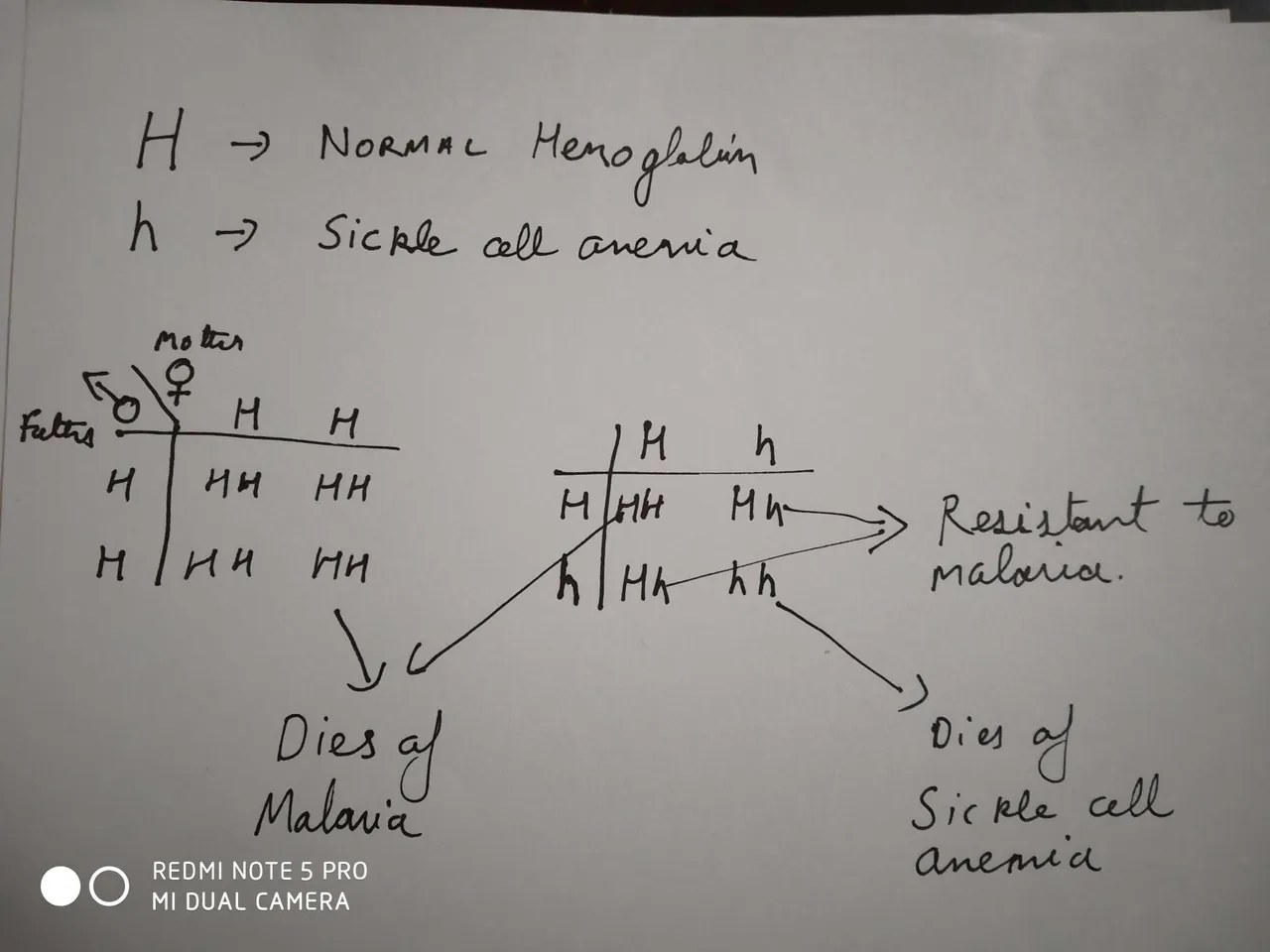
@scienceblocks
Well, but homosexuality is not the only trait defying the basic common sense. There are a lot of examples where the gene that is detrimental in one situation, provides an advantage in another environment. Take example of simple heterozygote advantage of sickle cell anemia. The sickle cell anemia is caused by mutation in hemoglobin gene, which causes red blood cells to have abnormal shape; and hence all the maladies associated with improper transport of oxygen. However, it is a recessive disease, which means that if and only if you have two mutated copies of hemoglobin gene on chromosome 11 you will get the disease. However, the same mutation is detested by plasmodium, a parasite that lives in RBC and causes malaria. It so happens that in geographical areas where malaria is prevalent both normal people and people with sickle cell anemia die early. But blessed are the people who are heterozygous - which means they have one copy of mutated hemoglobin, and one normal copy. The heterozygotes die neither of malaria nor of sickle cell disease(see Kwiatkowski, 2005). Another example of heterozygote advantage is mutated CFTR gene that causes cystic fibrosis, but protects heterozygotes against cholera(Rodman and Zamudio, 1991).
This might give an impression that hetrozygote advantage may only exist when there is a disease in the environment. However, that is definitely not a pre-requisite. Take example from sheep here. Mutation in BMP15 and GDF9 gene for instance, makes the sheep infertile. But have one mutant copy and one normal copy and these sheep will have higher ovulation and litter size compared to sheep which has both normal copies(Gemmell and Slate, 2006).
Pineapple is good, so is pizza but pineapple on pizza - depends on who is eating it.
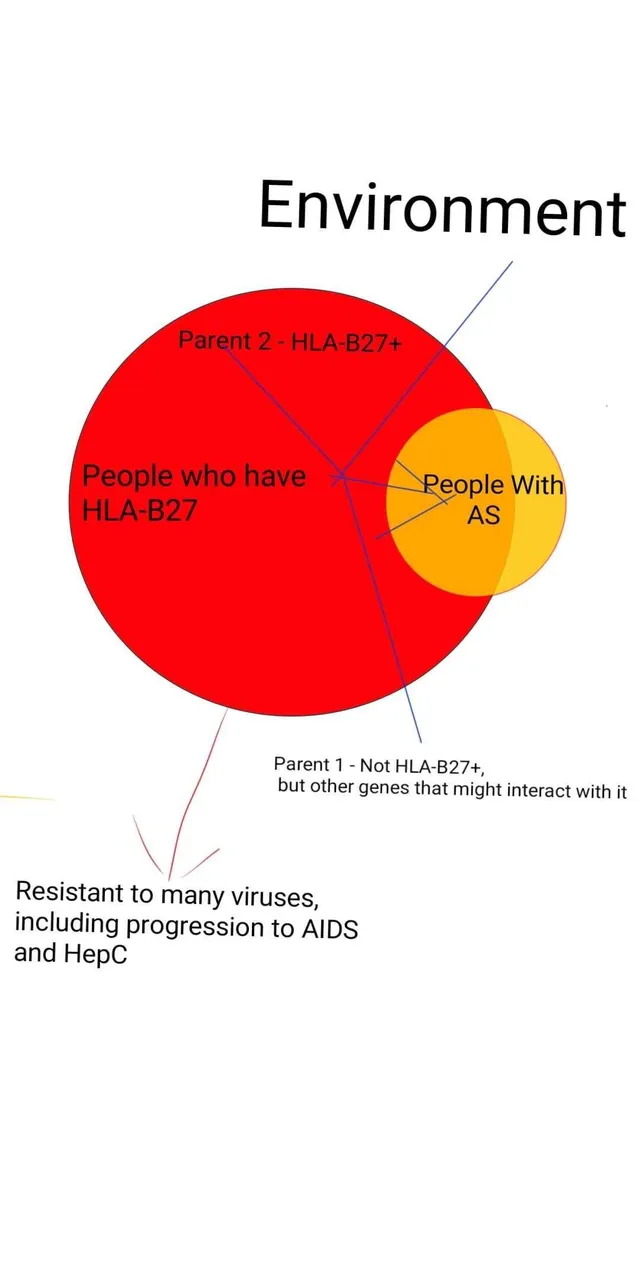
-@scienceblocks
Moreover, just like heterozygote advantage the entire network of genes may result in different phenotypes in different individuals. Well, based on gene-gene-environment interactions that these individuals will encounter. Take example of a gene called Human leukocyte antigen B27(HLA-B27). Having HLA-B27 allele makes one highly susceptible of getting autoimmune diseases, including alkolysing spondylitis(where immune calls degrade the back bone), inflammatory bowel disease and psoriasis. What is intriguing here is that while aprrox over 90% of people who have alkolysing spondylitis have HLA-B27, but HLA-B27 don't explain it all. Tgat is, only a few people with HLA-B27 gets alkolysing spondylitis. Turns out that you need other mutations, along with HLA-B27 to get the disease(Evans et al., 2011). However, what do people who have HLA-B27 get as compensation ? Well, how about resistance against onset of AIDS and rapid clearance of hepatitis C virus(Neumann-Haefelin et al., 2010). Pretty nice for people with risky sexual behaviour, if they can avoid viruses, no?
Anyway, the story doesn't end at gene-gene interaction. Say a child inherits HLA-B27 from his/her parents. They may grow up to be perfectly normal, without any autoimmune disease and may be resistant against many viruses as well. But, on the other hand, the sibling of the child who inherited the same gene gets maltreated by the parents or get bullied at school in very early age. The second sibling will have higher probability of getting alkolysing spondylitis. In fact stressful environment had been linked to autoimmune diseases, including those which test positive for HLA-B27(Lin et al., 2009, Imbierowicz and Eagle, 2003). Though exact mechanism needs to be dechipered but one possibility is either via epigenetic regulation of HLA-B27 itself or via one of the interacting genes, such as those in Interlukin-23 pathway. The point being that detrimental genes may not be detrimental alone, but only in combination with other genes and environment. In this case they will manage to survive in populations and detrimental effects will appear now and then, at certain frequency.
A matter of family
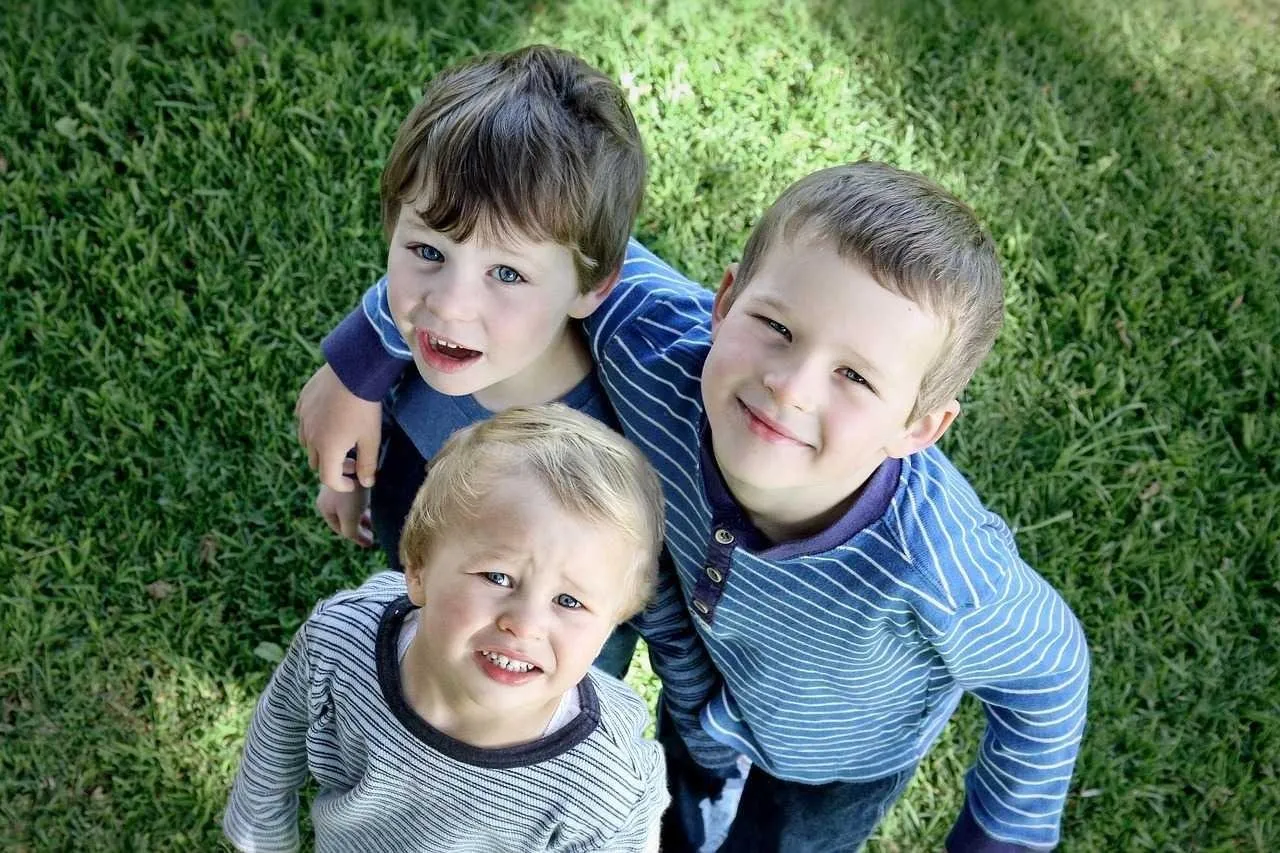
Image by amyelizabethquinn | CC0
What would you do for your family? Would you die for your brother/sister, what about your cousin? Reproducing yourself is not the only way to pass on your genes. Yet another way is to make sure that your kin reproduce with high efficiency, while you play a passive role to make it efficient. Like in many species that live in kin groups only alpha mates with most females. Threotically, since you share 50% genes with your sibling, then if two of your siblings produce a lot of kids, you may pass on all of your genes. This forms the basis of Kin selection. But what determines which kin will be kind and altruistic, and which one will be mean and selfish. Which kin will be dominant and which will be subordinate in social hierarchy? The sheer fact that you can selectively breed animals such as mice for dominant vs submissive behaviour; and even modify that behaviour via targeting gene expression changes in some cases, hints towards both genetic and epigenetic mechanisms. (See Sibly and Curnow, 2017, Kooij and Sandi, 2015, Nesher et al., 2015). Perhaps,
not all evolutionary mechanisms exist to maximize genes of each individual in the population, though that is the most basic scenario. In some cases strategies that enhance reproductive success of kin also comes handy.
A trade off between survival and attractiveness - sexual selection
Then, not every trait have to increase reproductive success directly. This is where sexual selection comes into picture. Take example of peacock's tail or that of brightly colored fish. While being colorful can increase the risk of predation and hence decrease the survival and chance to reproduce, it is still preferred mate choice by many female fish(Heinen-Kay et al., 2015). So genes that reduce the codefitness of some individuals, will still be passed on to next generation - as long as it is what females like.
What these examples are telling us that not every gene that seems detrimental in one context, would be detrimental in another. Gene-gene and gene-enviroment interactions can be beefitial in one context and maladaptive in another. Also, the genes that may reduce reproductive success of one individual may indirectly benefit their kin to pass on their genes. Genes that reduce the fitness, may "turn on" the opposite sex. But, what about homosexuality? Why does it persist at stable levels in population even though it reduces the reproductive fitness of homosexual individuals? Does it provide some kind of heterozygote advantage. Do some mutations that causes homosexuality in one gene-gene network provide benifit in another network? Can genes/or epigenetic modifications that causes homosexuality provide any advantage to hetrosexual kin? What about heterosexual family members of homosexuals, are they more attractive to opposite sex? What possible useful purpose could homosexual behaviour serve, if any? Let's start by looking at role of homosexual behaviour in different species.
Birds do it, bees do it, even educated flees do it. Let's do it. Let's learn about love(from the animals)

Illustrated by @scienceblocks using following images
Bonobos, Fish, Love and homosexuality, Albatross, flies
CC0
Bond for companionship
When it comes to telling stories, Flinches have never disappointed us. They told a story to Darwin, and Zebra flinches have something to tell us, as well. Well, to begin with zebra flinches are pair bonding species. Which means, they fall in love once in life and stay with that mate for lifetime. Their biology is dedicated to forming a lifelong companionship. But what happens when you bias the sex ratio artificially? Looks like they form a bond with other flinches of same sex. But it's not just about availability, because once the bond is formed it seems irreversible. For instance, when bonded male-male pairs are introduced to new females, many of them choose not to cheat on their same-sex partners. However, females are a bit more flexible(Elie et al., 2011). But how do you explain any benefit of a choice that may decrease their reproductive potential? Well let's just say companionship increases probability of survival, of those who find any companion at all vs those who don't. Then this gives an edge to survivors, if they at any point opt to cheat on their same-sex partners vs those who did not survive that long. But then why don't all male-male bonds tend to cheat? Well, possibly because the selective pressure for pair bonding might be acting via separate route. So there would exist a trade-off between strong bonds vs flexilibility in homosexual couples. Second, this is an artificial lab experiment and don't represent what may be selected for in a long run, in wild.
Finding companion to nurture offsprings together.
Another example of sex-bias in population causing birds to opt to be lesbians, exist in sea gulls. Yeah the same gay gulls everybody created a fuss about in 1970s. Well, when there are more females and a not many males around, it looks as if all good guys are taken. But then there are these gay girls(read gulls) in the population who don't care about males, but form a bond with other females. Well, to begin with the same sex female-female couples get companionship. But they also do something else. They take turn to lay eggs. And sometimes they go and mate with one of the males in the neighborhood and lay viable eggs. The male can stay busy in his heterosexual bond, the female-female pair manages without him to raise the kids. And, of course, females who form this female-female companionship have more kids and pass on their genes, as compared to females who opt to wait for a male. Albatross story isn't much different either(Young et al., 2014).
But, what do these birds mean for humans? Can homosexuality, at least in humans females, be attributed to alloparenting? Well, given a more fluid distribution of sexual orientation in females, compared to the bimodal pattern in males, Khule and Radtke, thinks so. According to them alloparenting might have been an advantage to our female ancestors in hard times. Though, one must be careful not to assume that to be sole advantage of same-sex behaviour. Humans and many primates are indeed capable of giving parental care without necessarily building same-sex companionship. Nonetheless, there is no reason to rule out the benefits of companionship and alloparenting, by tuning sexuality a bit. More like have too much of it and you may not pass on your own genes directly, but might help your siblings genes to pass on by helping their kids if needed. Have it in the right amount and you can do both.
Even if your homosexual brother is not be the best wingman, his genes might be.
Talking of right amount, what if, if you have a situation where having a right amount of expression of some genes makes you more attractive to women. However, having too much or too little of it makes you attracted towards same sex. But can any tendency diverting away from conventional sexual behavior, ever be attractive to opposite sex?
Well, Poecilia mexicana, a fresh water fish, comes to mind. One of the evolutionary strategy in nature for choosing male mates, is by copying preferences of other females. Like if a male is already validated by other females you don't have to work hard in comptemplating if he is a good investment or not. Turns out, in Poecilia the strategy is extended to considering male-male homosexual behaviour, as well(Bierbach et al., 2012).
For humans things are more complicated than it is for the fish. While on one hand more masculine features may be attractive to some women, but then we are not a tournament species who would just mate based on size of the male. A good part of human mating preferences also include looking for a partner who would make a good caregiver. According to Qazi, the low dose of genes that increases feminine behaviour might be a signal of a father that provides more care. However, having too much dose of these genes may make males either unattractive and for sure not interested in mating with females. On a funny note, maybe, that what mothers immune system achives by targeting the antigen from Y chromosome. Like - your Y chromosome is fine but stay in limits, I want my grandkids to get some good affection from you, as well.
Factors that make brothers gay, may make sisters more fertile
In the previous blog, I told you that altering the sexual dimorphism in the brain, alters sexuality. We also explored the fact that how male homosexuality in particular, is biased towards maternal relatives. We also saw that, X chromosome inactivation in mothers of homosexual men is biased. Which raises the question, that did the trait survived in course of evolution - because it was passed on by mothers who are themselves not affected, or did it also have some positive effect for females themselves? Like, if your brain becomes too feminized as male you may lack interest in mating with opposite sex. Nonetheless, the same biological factors can make female more attracted to males and might even increase their fertility.
Yet again, fruitfly comes to rescue. Fruitfly told us that genes genes that regulate brain dimorphism, also regulate sexuality. Hence, Hoskins et al., 2015, picked fruit flies that displayed male homosexuality and tested their female siblings for fecundity(or ability to produce abundance of offsprings). Turns out, that female fertility was higher in relatives of males showing same-sex behaviour. Sexually antagonistic selection at least partly explained the same-sex behaviour in flies(the other part being heyrozygote advantage).
Well, guess what! sexually antagonistic selection is a hypothesis, that has been proposed for human male homosexuality, as well. In fact, Ciani et al., 2008, did some mathematical calculation in population genetics, to propose that this model of selection will fit best for humans. Then, in 2012 Ciani and Pellizzari, went ahead and measured fecundity of human females. Maternal aunts and grandmothers of homosexual men turned out to be more fecund than those of hetrosexual men. Though the authors took care to avoid the faternal birth order effect(see previous blog), but it can still form an alternative hypothesis. It is possible that it is rather a gene in females, that causes females to have more offsprings on average, increases the chance of feternal birth order effect. Though keep in mind that this effect only explains part of male homosexuality. The other part can still be via genes and its expression levels regulating brain feminization, which leads to antagonistic outcomes in males and females.
If only humans solved matters outside court by sex... Oh snap!
Finally, if we are talking about any aspect of sexuality, we just can't overlook bonobos. Why? Well, they are genetically very close to us, their sexual behaviour is close to ours(or they are really inspired by human Kamasutra), plus they are hypersexual beings. If you are an primatologist watching bonobos, you will be appalled to see that in bonobos groups, everybody has sex with everyone. They don't discriminate based on gender, class, race, religion(oh wadit they might not have those many award concepts). Nevertheless, the question that we want to ask is - what do they use same-sex behaviour for? Looks like, they do it for social cause, to keep the group in harmony, reduce tension, and increase bonding within group members(see Genty et al., 2015). *Imagine two random humans in office go like - hey I am really pissed at you, let's have sex... Oh wait! *
Now, humans don't predominantly have sex with strangers for social reasons. But, what if homosexual men are more likely to help their kins as compared to hetrosexual men. While brothers of homosexual men may look more attractive to females, the homosexuals siblings themselves, who do not pass their genes may enhance survival of their nice and nephew(Vasey and VanderLaan, 2009).
Summary
Well, finding the exact evolutionary purpose of any trait is really hard. At best we can make guesses about why any trait might have evolved. And it becomes really interesting, if that trait is detrimental to reproductive success and still maintained and that too at a stable rate in population. One such trait is homosexuality. It is considered a Darwinian puzzle because it makes one lose interest in opposite sex. This loss of interest is bound to cost a lot to reproductive fitness of homosexual individuals. Yet, homosexuality is seen across many species and its incidence appear to be stable in populations.
In this article, we explored this mystery. We discovered how genes that can be detrimental in one situation can benefit in others. We talked about how dosage of genes can matter. We saw the same genes can either lead to benefit or a disaster based on maternal and early childhood environment. Finally we saw that there exists a trade-off between natural selection and sexual selection. So while a certain trait may reduce the reproductive fitness of few individuals, it may really come handy for others.
In the light of the understanding that we gained from these examples, we explored the possible benefits that different species could gain from their respective same-sex behaviours. We saw that some species reap the benefits of companionship, while others use it for getting care for their offsprings. In those scenarios, it seems like having a companion is better strategy than having no one at all. We saw the possibility that same sex behaviour can increase the attractiveness to females in certain species. Which I think in humans can be under the control of dosage. Low dosage may signal more care for offspring, while high dose of the trait would be no offspring at all. In those lines we also saw a possibility that homosexuals trait can also provide some extra care for their niece and nephews. Finally, we explored the fact that male homosexuality being more frequent within maternal family, can be a hint of sexually antagonistic benefit to females.
Now, I know that I did skip through a lot of other uses of same-sex behaviour in animal kingdom. Such as mimicking opposite sex with siblings to train each other. But you can definitely explore those. The point I was trying to make is that just because a trait seem to be a Darwinian dead end in first look, doesn't mean it is a dead end. If it is maintained in population it might have an alternative indirect benefit.
With that remark I will end this article. However, if you are interested read the science and society section, where I discuss the science of homosexuality on Facebook.
Science and society.
Recently, the supreme court of India, decriminalized homosexuality. In this regard, I saw a lot of random controversy on social media, majorly regarding the biological understanding of homosexuality. This is what motivated me to do these series of posts. In order to do this I created a post on a facebook group, the progressive Indians(TPI). The post asked people to think about ways by which homosexuality might not be a Darwinian dead end after all. I would briefly discuss their contribution and review them, before ending this post.
The answer I liked the most was given by a physicist, Debjyoti. His answer, though limited to Mendelian traits is in line with what we have been discussing. He says that it is not necessary that detrimental traits are wiped out, they can be carried as recessive traits and stay alive in population. Now he is not not wrong, but to passively carry a recessive trait in population, the cost should not be reproductive fitness. Because that will eventually reduce the frequency of the recessive allele. Unless only a certain combination multiple alleles gives rise to detrimental phenotype, or else if recessive allele is beneficial in another context.
Prassana points out -
Advantage of homosexuality might be relatively less competition for the resources for the future generations due to homosexuals not reproducing.
I mean, that could be the case. But, then why would genes that deprive one of resources did not wipe out? We discussed this possibility, in terms of kin selection. That is if you let your kin reproduce, while you make sure that they pass on enough number of genes, to cover almost all the combination of your genes.
Soumya(who has a criminal psychology background), points to the both kin selection and sexy grandmother hypothesis. Though, her concern is that they don't gives us a concrete explanation. And I agree, it is really hard to get concrete explanation from evolutionary perspective, given we can't reproduce what happened in billions of years of evolution, in lab. The best we can do is observe what happens in other simplistic models such as fruitfly and test the prediction in humans. Also, there is no restriction as to why only one concrete explanation may tell the entire story. None of the possibilities we discussed above have to be mutually elusive. The only issue here is that, the best we have to offer are possibilities(unless I have a time machine, and permission to alter the timeline I made the time machine in - maybe we can create a sexy grandmother paradox, as opposed to boring grandfather paradox).
Finally, Sazi proposes that homosexuality might be a way to overcome sexual frustration. He points the high frequency of same-sex coupulations that happens in the prison. Looks a lot like those flinches we discussed - you bias the sex ratio and make them opt for same-sex partner. Except, there is one issue. What happens in prison might be just some sort of a dominance behaviour or as Sazi says sexual frustration. Because, unlike birds and the homosexuality within inmates may not form a romantic bond and they may not even be attracted towards each other. And in many cases it would just be rape. So, I don't know if there is a way to extrapolate the prison behaviour tosame sex attraction amd orientation. However,given the fact that not all inmates may willingly participate in same-sex behaviour, I won't completely rule out the possibility to learn some biology from those who do.
References
Gemmell NJ, Slate J. Heterozygote Advantage for Fecundity. Scheffler K, ed. PLoS ONE. 2006
Kooij, Sandi, The genetics of social hierarchies,
Current Opinion in Behavioral Sciences, 2015.Supreme Court decriminalises Section 377: All you need to know - TOI
Listen to the song -
Signing off
@scienceblocks
PS: if you like writing about science, consider joining the amazing steemstem community.
